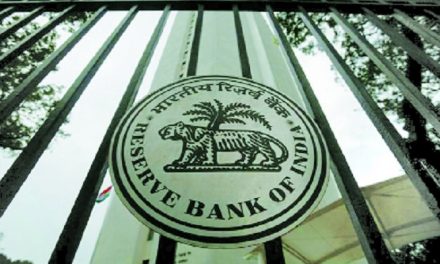
Retailers Association of India (RAI) has reported an 11% growth during the 87-day festive period (1st August–26th October 2025 vis-a-vis 9th August–3rd November 2024), indicating a visible uplift in consumption under the GST Bachat Mahotsav framework.
RAI’s 66th Retail Business Survey shows that consumers responded more actively to value-driven categories that fell under lower GST slabs. Apparel and footwear priced below ₹2,500, both taxed at 12%, recorded stronger traction, while premium apparel above ₹2,500, which moved from 12% to 18% GST, saw moderated demand.
Category-wise, Food & Grocery, Jewellery, and Footwear each grew by 12%, Sports Goods by 11%, while Apparel and Beauty/Personal Care registered 9% growth each. Regionally, West India led with 13% growth, followed by North and East at 10% growth each, and South India at 9% growth, reflecting a broad-based consumption pattern.
“Retail began the year with 4–5% growth and moved to 7–8% through April–July. The GST Bachat Mahotsav helped lift festive-period sales into double-digit territory. Value-led categories, including apparel under ₹2,500 and footwear in the 12% GST slab, saw steady growth. However, apparel priced above ₹2,500, which moved from 12% to 18% GST, showed comparatively lower traction. This suggests that while consumers remained active, they were selective in discretionary spending at higher price points. Most other categories, including jewellery, benefited from seasonal and occasion-led buying. The industry will now monitor how this consumer preference evolves through the wedding and end-of-season period,” said Kumar Rajagopalan, CEO, Retailers Association of India.
Quick Service Restaurants (QSRs) were among the top-performing segments in this period, signalling a rise in dining and consumption-led experiences, while furniture benefited from home improvement and festive refurbishment purchases. The survey further highlights that the GST Bachat Mahotsav has sharpened consumer price awareness, helping retailers better understand buying thresholds — and plan inventory, pricing and engagement strategies accordingly.
















